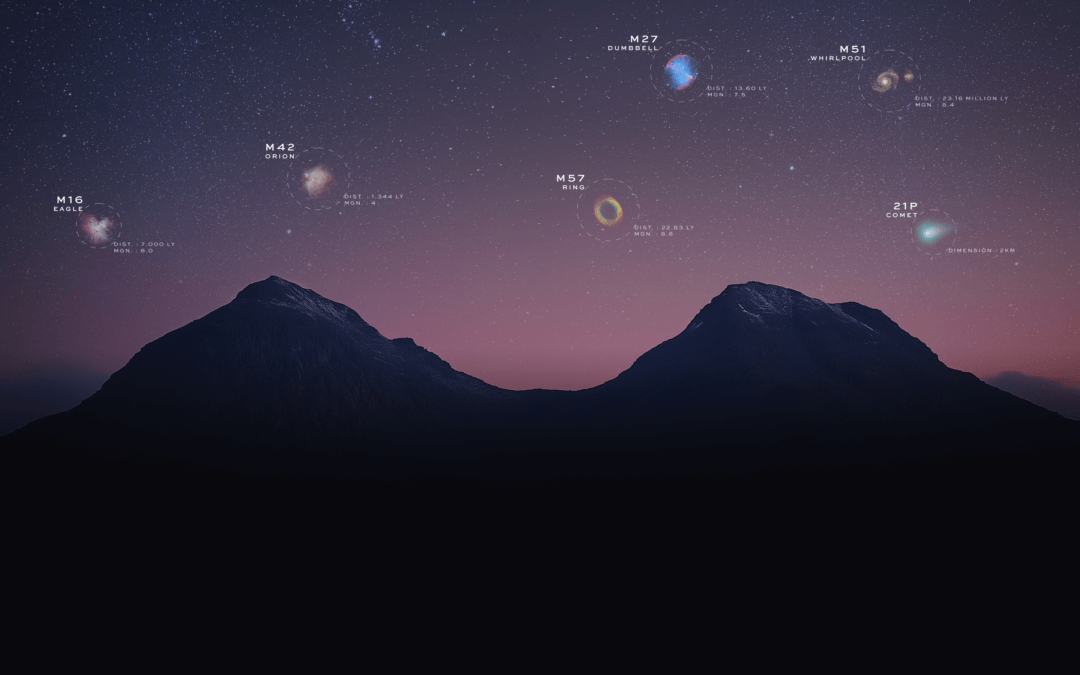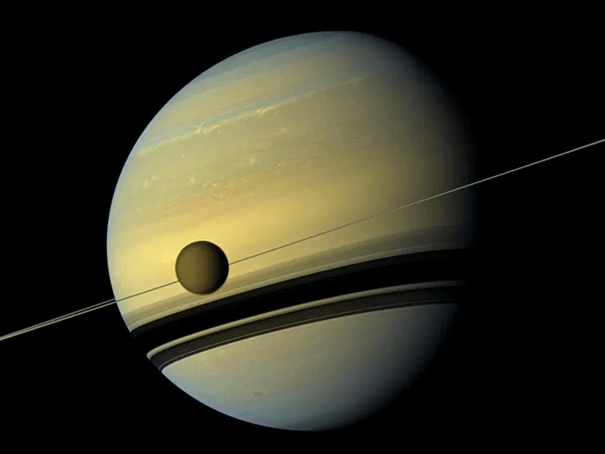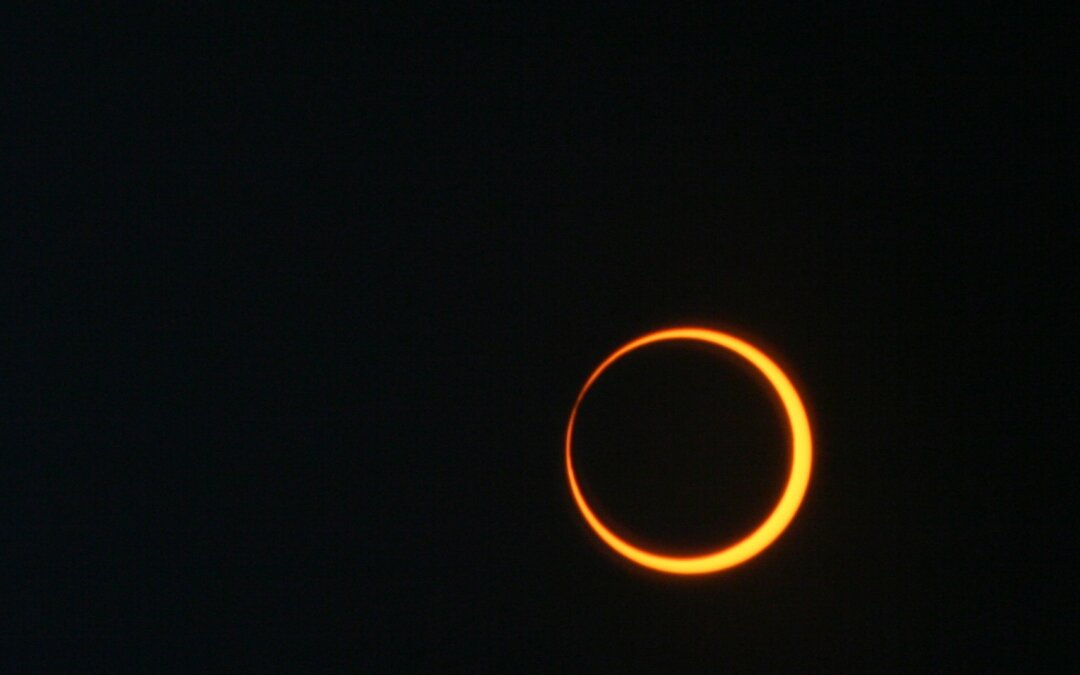A Christmas bubble?
This holiday season, why not take a look at a cosmic Christmas ball?
Nestled in the constellation Cassiopeia, the Bubble Nebula (NGC 7635) is a marvel located 7,100 light-years from Earth.
Where does its spherical shape come from? At its center lies a star about 45 times the mass of our Sun. It is this star that sculpts the nebula: its stellar winds push away the surrounding gas and dust, creating this bright bubble.
Observation tip: Let your telescope accumulate light for about 15 minutes.
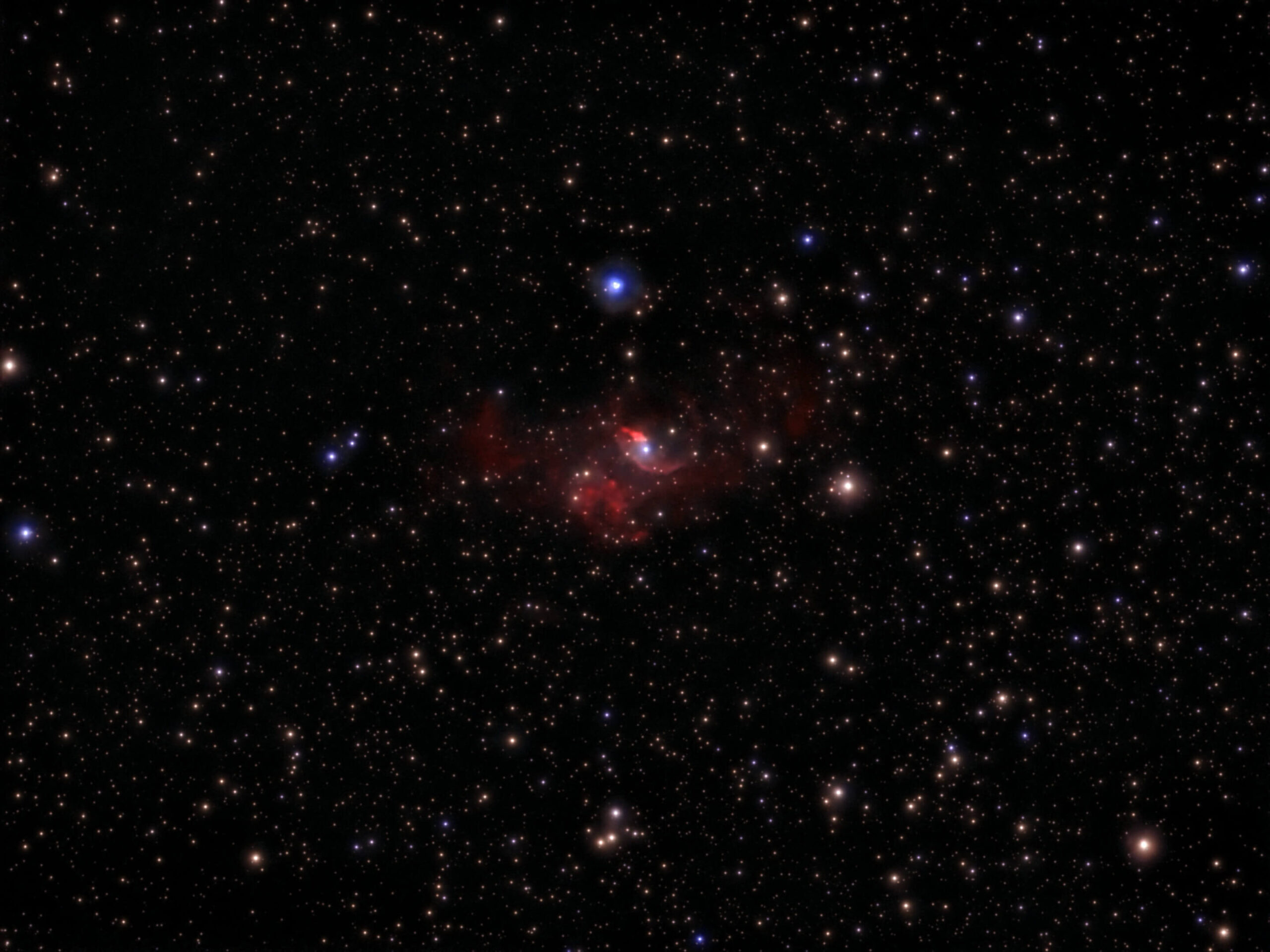
Bubble Nebula: Photo Credit Stuart Fort
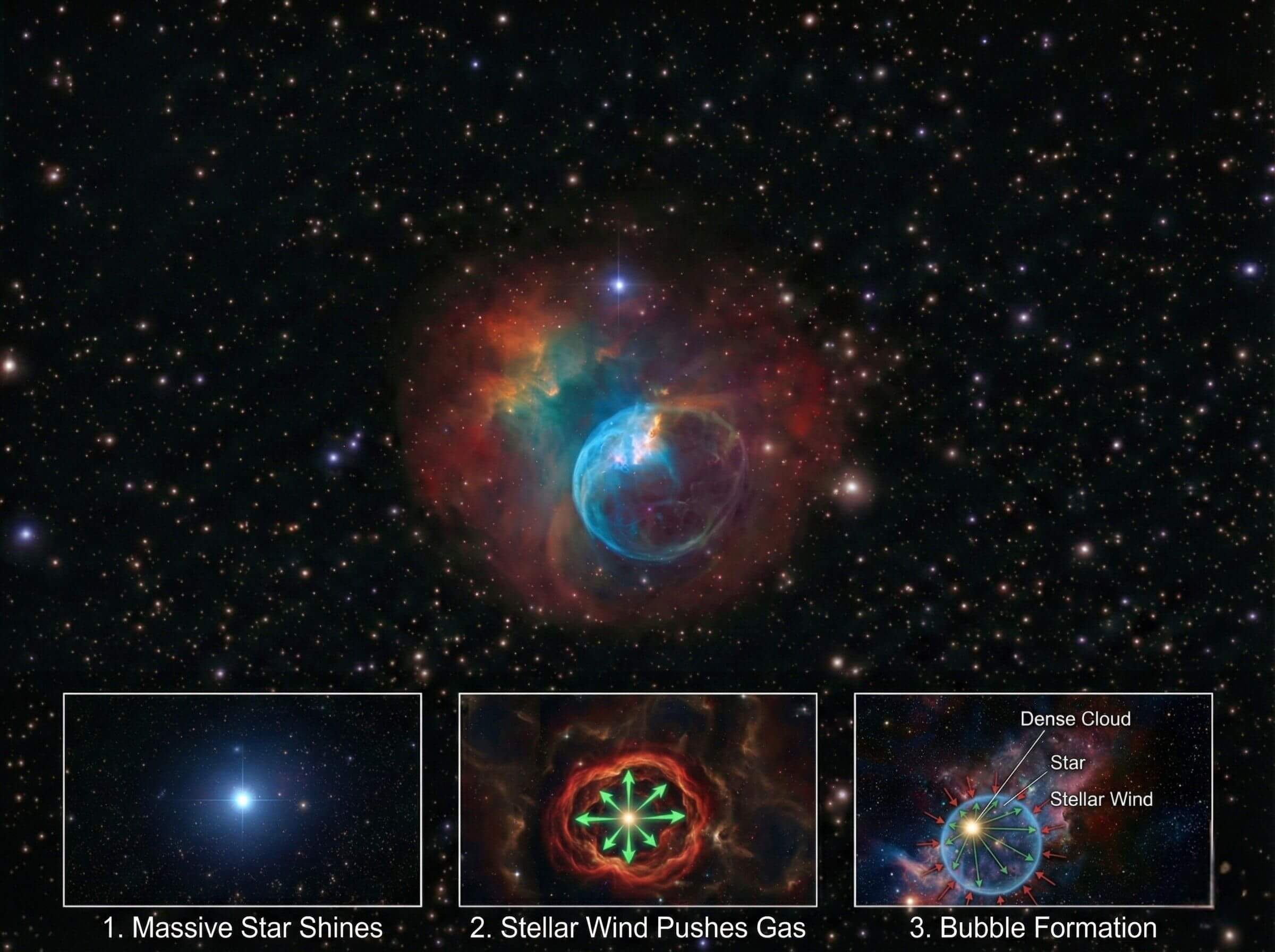
A Trompe-l’œil Cluster
For this second observation, head to the discreet constellation of Vulpecula (the Little Fox) to find the star cluster NGC 6885, also known as Caldwell 37.
At first glance, your telescope will reveal a bright blue star majestically enthroned in the center of a group of fainter reddish stars. This star, 20 Vulpeculae, appears to be the queen of the cluster. However, astronomers suspect that this is a beautiful optical illusion.
Viewing tip: A few minutes are sufficient.

NGC 6885: Photo Credit Mark Cory
A Silver Coin in the Sky
To conclude this December overview, let’s head south to the majestic Sculptor Galaxy (NGC 253).
Nicknamed the “Silver Coin Galaxy” for its brightness and elongated shape, it is located about 11 million light-years away from us. It belongs to the Starburst galaxy family, which produces new stars at a frenetic pace.
Observation tip: Let your telescope accumulate light for at least 15 minutes. The object is visible in the early evening, facing south.

NGC 253: Photo Credit Siegfried Colin
See you next month for more reasons to look up!
Happy stargazing with UNISTELLAR.
Further readings
3 Reasons to observe this month
Every month, discover three unmissable celestial events to observe with your Unistellar telescope.
Two spooky appearances in the sky for Halloween
Every month, discover three unmissable celestial events to observe with your Unistellar telescope.
3 Reasons to observe this month Halloween Edition
Every month, discover three unmissable celestial events to observe with your Unistellar telescope.
Titan’s shadows
Every month, discover three unmissable celestial events to observe with your Unistellar telescope.
Unistellar Community Included In Multiple Scientific Papers
Did you know Unistellar Citizen Astronomers are often cited in published scientific papers? Find out how you can contribute too!
When Is the Next Solar Eclipse, and How to Observe It With a Unistellar Telescope
An annular solar eclipse is visible from the Americas on October 14. Learn how to witness the Ring of Fire with your Unistellar Telescope!
